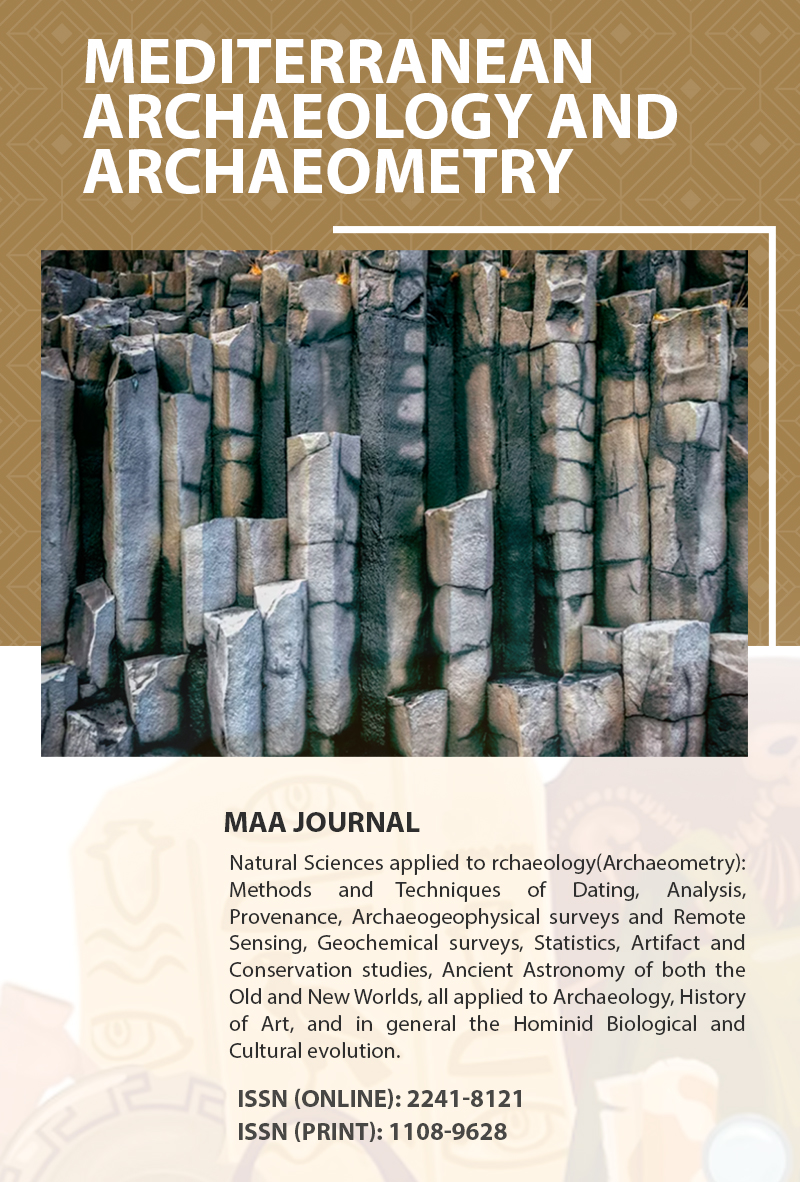Research on the Aesthetic Relationship Between Language and Image chn Ancient Chinese Architectural Art
Keywords:
Ancient Chinese Architectural Art, Language and Images, Aesthetic Relationship.Abstract
Language and image are two very important forms of artistic expression in ancient Chinese architectural art, which blend and support each other, and together constitute the aesthetic characteristics and cultural heritage of ancient Chinese architectural art. In order to study the aesthetic relationship between language and imagery more deeply, and explore the artistic value of ancient Chinese architecture. In this paper, we take Kaiyuan Temple, Eight Immortals Palace, Xiantong Temple, Songyue Temple, and Big Wild Goose Pagoda of Ci'en Temple as the research objects, and use software such as close-up 3D scanner, 4K electron microscope, Excel, and Viso to analyze the language and imagery of ancient buildings, and record relevant data. The results show that the pronunciation in ancient buildings pays more attention to connotation. The linguistic connotation and wording have historical and cultural heritage, especially the quotation of rhetoric. On the whole, the language of ancient Chinese architecture is another form of expression of architectural imagery, and architectural imagery is the concrete presentation of language. In terms of aesthetic consciousness,the images must have language significance, which must be beautiful and auspicious. Therefore, it is of great significance to study the aesthetic relationship between language and imagery of ancient buildings for the study of language and modelling in archaeology.










